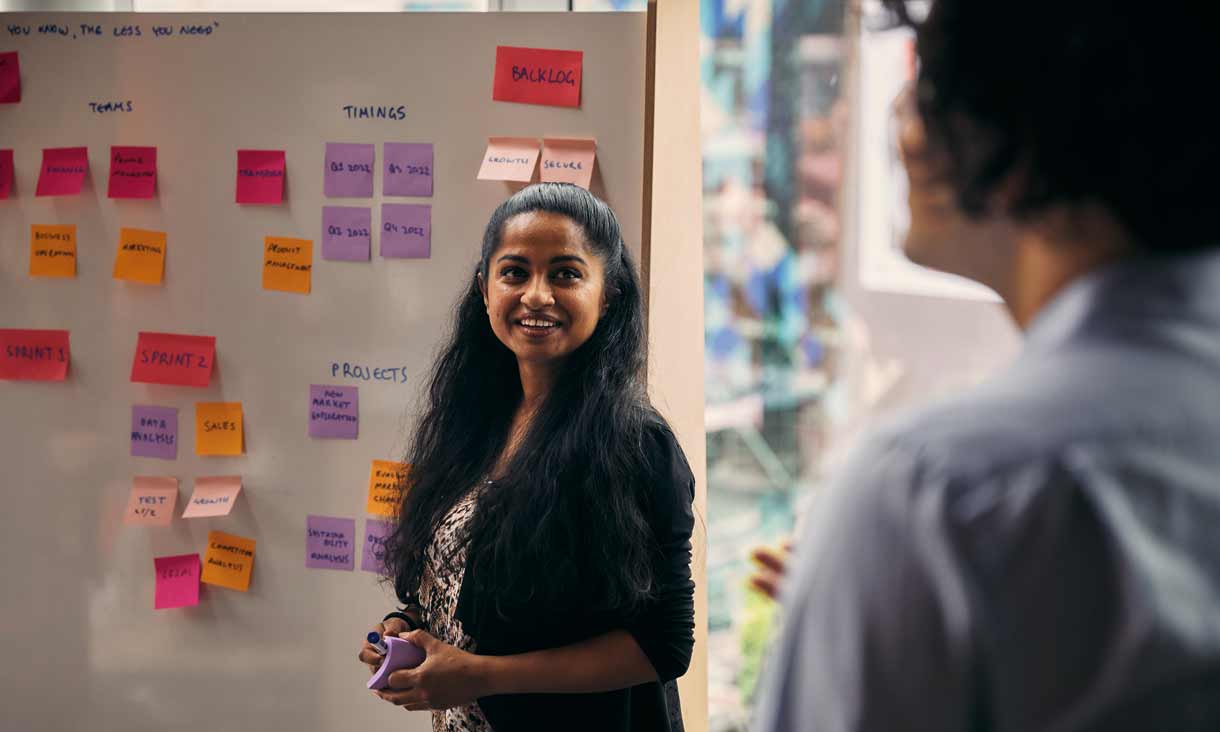What they are: This is still emerging in Australia, but using AI to conduct background screenings is gaining traction globally. These tools can help verify details like employment history, qualifications and in some cases, analysing your digital footprint – including social media profiles like LinkedIn, professional websites and blogs. In Australia, candidate consent is required, and companies must comply with strict privacy laws. Any information gathered needs to be directly related to the role and used in a way that avoids discrimination.
5What they are used for: It helps hiring teams fact-check applications and streamline the process by flagging inconsistencies or behaviour that might be affect to team culture or reputation. This isn’t too different from the traditional reference calls, but there are a few things to be mindful of.6
How to prepare:
- Don’t worry about your whole life being inspected – it’s not the objective, and laws exist to protect you. But it’s worth googling yourself to see what a recruiter might find in 30 seconds.7
- Ensure your resume and application accurately reflect your real experiences and skills and keep it consistent with your LinkedIn (especially dates and job titles). Read about how to update your LinkedIn or how to build your online professional presence.
- Audit your public social media accounts or set your accounts to private. You don’t need to hide who you are, just make sure you are happy with what’s available publicly.
The hiring process may be changing, but that doesn’t mean you need to change who you are. With these tips to prepare – you’ll be well on your way to landing your next big gig!
Remember, RMIT is with you every step of the way. If you’ve got a New Alumni Pass, check out RMIT’s Career Centre. Available to recently graduated alum, these tools are designed to help you build confidence, practise your interview skills and get real feedback. Don’t leave your next opportunity to chance – get prepared and stand out. Your future employer could be one click away.
Story: Angela Brayton






